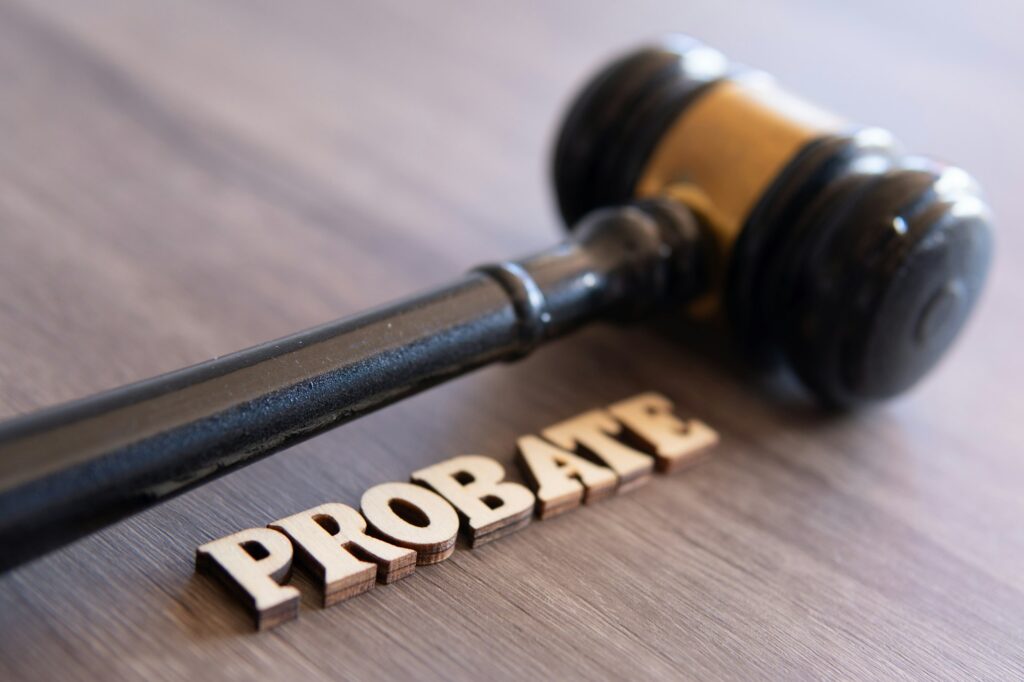Picture this: you’ve spent years building a home, nurturing memories, and creating a legacy within its walls. But what happens to that treasured space when you’re no longer around? Transferring real estate upon death might seem like a complex labyrinth, but fear not! Exploring what happens to your property after you’re gone can be enlightening and a crucial part of planning your legacy. From navigating the legal aspects to ensuring a smooth transition, let’s embark on a journey into the world of ‘transfer upon death’ in real estate, where the past, the present, and the future converge.
What Is a TOD?
Transfer on Death (TOD) is an estate planning tool that allows an individual to specify beneficiaries who will inherit real estate or certain financial assets upon the owner’s death. It’s a method to facilitate the smooth property transfer to chosen heirs without going through the probate process.
When setting up a Transfer on Death arrangement for real estate, the property owner typically fills out and files the appropriate forms or documents with the relevant authorities, specifying who will receive the property upon their passing. These named beneficiaries can include family members, friends, charitable organizations, or any other individuals or entities chosen by the property owner.
Understanding Transfer on Death (TOD) in Real Estate
One of the primary advantages of a TOD designation is that it bypasses the probate process. Probate involves the court-supervised distribution of a deceased individual’s estate, which can be time-consuming and costly. Establishing a Transfer on Death directive passes the property directly to the designated beneficiaries, thereby avoiding the probate procedure.
TOD arrangements usually allow the property owner to maintain complete control and ownership of the real estate during their lifetime. They retain the right to use, sell, or even change the beneficiary designation at any time before their death. This flexibility ensures that the property owner can adapt the arrangement according to changes in circumstances or relationships.
Furthermore, the Transfer on Death process doesn’t affect the property’s value for estate tax purposes during the owner’s lifetime. The value of the real estate is included in the deceased owner’s estate, which could impact the estate’s tax liability or the beneficiaries upon inheritance.
It’s essential to note that the requirements and regulations for TOD arrangements can differ from state to state or country to country. Therefore, the property owner must understand and comply with the legal provisions applicable in their jurisdiction to ensure the effective and legally sound transfer of the real estate to the specified beneficiaries.

To proceed with a TOD designation, property owners should seek legal counsel or guidance from professionals knowledgeable about estate planning and real estate law to ensure their intentions are accurately documented and legally binding. This careful approach helps secure a seamless and intended real estate transfer while minimizing potential legal complications or disputes among beneficiaries.
All Things Real Estate
Real estate, an expansive term often described as “real property,” constitutes a vast spectrum of tangible and intangible assets deeply embedded within the concept of land and its enhancements. It encompasses land and anything permanently affixed or attached to it, including buildings, houses, and the natural resources or benefits inherently associated with the land, such as water, minerals, trees, and other natural elements.
Real estate involves not just the physical land and structures but also the legal rights connected to the property. These encompass a broad array of entitlements, including air rights, mineral rights, water rights, and usage rights. It encapsulates more than mere bricks and mortar—it extends into the various rights and interests that may be held in connection with land.
The definition and scope of what counts as real estate might include different types of properties. Residential properties, which include homes, apartments, and condominiums, serve as habitats for individuals or families. Commercial properties form another integral part, comprising office buildings, retail spaces, warehouses, and other structures designated for business purposes. Moreover, industrial properties, vacant land, and agricultural land are vital components, each serving distinct purposes within real estate.
Real estate is not solely confined to physical structures. It also includes leaseholds, which entail the rights to use a property for a specified period without owning it outright. These leasehold arrangements underline a significant facet of real estate, allowing for the temporary enjoyment of property rights and use without outright ownership. It isn’t just about tangible structures and land but the bundle of legal rights, interests, and potential uses attributed to a specific piece of land. As a vital asset class, it plays a fundamental role in economies and societies, serving as a cornerstone of investment, ownership, and livelihoods for individuals, businesses, and communities worldwide.
The Roles Of TOD In Real Estate
Transfer on Death (TOD) in real estate is a transformative and streamlined method of passing on property to chosen beneficiaries after the owner’s demise. This legal instrument ensures a relatively straightforward and efficient means of transferring real estate assets directly to designated heirs, bypassing the probate process and the necessity of a will.
Imagine this: you’re a homeowner, and you’ve spent years cultivating your property, nurturing memories, and investing in its value. The Transfer-on-death concept allows you to plan for the inevitable by designating specific individuals who will inherit your property without requiring extensive legal procedures. It’s like leaving your chosen recipients a signed and sealed letter of ownership.
The beauty of TOD lies in its simplicity. By completing a straightforward form and attaching it to the property’s deed, property owners can designate one or more beneficiaries to inherit the property upon the owner’s passing. This legal mechanism avoids the complexities, expenses, and delays associated with the probate court, facilitating a more direct transfer of real estate assets.

One of the most attractive features of TOD is its efficiency. Upon the property owner’s death, the titled real estate automatically transfers to the named beneficiaries without the need for court involvement or the extensive procedures typically associated with the distribution of assets, as seen in the probate process.
However, while TOD presents an appealing solution, it’s important to consider its advantages and limitations. The streamlined property transfer via TOD is notably efficient, but this method might only be suitable for some individuals or property situations. Factors such as complex family dynamics, potential beneficiary disputes, or changes in the owner’s circumstances could influence the effectiveness of a TOD arrangement.
Conclusion
Understanding the implications and considerations around TOD in real estate is crucial. Exploring the nuances and intricacies of this legal tool provides an opportunity to navigate its application effectively within an estate plan. Outlining the benefits, limitations, and the interplay of TOD with broader estate planning strategies provides a more comprehensive understanding of how to harness it for a seamless and expedited property transfer to intended beneficiaries.








